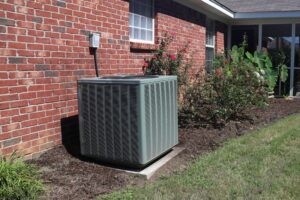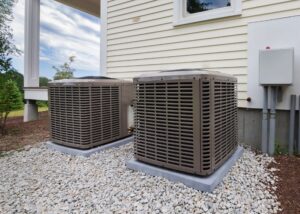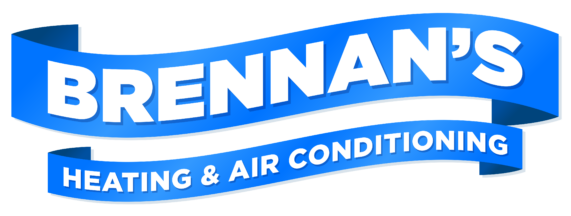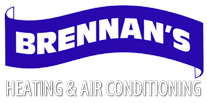Air Sealing for Winter Warmth and Savings
Heating season is getting started, and it’s a good time to inspect your home for leaks and drafts. Incoming cold air can add to your heating load while increasing your utility costs and affecting your home comfort levels. Weather stripping and caulking can be useful for obtaining a tight seal in your home, and you will want to check for the need to replace old material that has become brittle and cracked.
DIY Air Sealing
The most common sources of air leaks in your home can be windows and doors. It’s important to visually inspect the areas and update sealing materials as needed. It’s also wise to keep some extra caulk and weather stripping on hand in case drafts become apparent later in the season. While the weather is mild, you may not notice minor leaks. However, they will become quite noticeable during icy, windy weather.
Professional Air Sealing
Efficient sealing can reduce your heating and cooling costs by up to 10 percent. An energy audit can provide information about unseen leaks in your home, enabling you to get an even tighter seal to prevent energy loss during the winter months. Your HVAC expert will test ducts and other areas of your home for leaks. He will also evaluate your heater’s condition and the level of insulation in your home. He may recommend steps like supplemental insulation and duct sealing for obtaining better winter warmth and increased winter savings.
Ducts can be one of the most significant sources of energy loss in your HVAC system, and professional sealing services are recommended. In most cases, ducts aren’t easily accessible, meaning that specialized techniques and materials are required to access and seal leaks. In cases of accessible ducts, homeowners often mistakenly use materials like duct tape for sealing. Although the name is deceiving, duct tape is not recommended for use with your ducts. Rather than risk damage and safety problems because of the use of incorrect products, it’s best to enlist the aid of an HVAC professional to address these leaks.
Indoor Air Quality
While your focus may be winter savings, it’s equally important to consider your home’s air quality as you prepare for winter. If you operate a gas furnace, boiler or fireplace, for example, proper ventilation is critical for home safety. Carbon monoxide can build in your home without warning, making an investment in a carbon monoxide alarm an important consideration. Additionally, it’s wise to work with an HVAC expert to evaluate the ventilation system in your residence.
Energy recovery and heat recovery ventilation can provide an excellent solution, ensuring that there is an exchange of polluted indoor air with fresh outside air while also providing the means of recovering heating energy from the exhausted air supply. An ERV can recover up to 80 percent of heating and cooling energy, and some HRVs can recover as much as 94 percent of heating energy.
As you plan to weatherize your home for the winter, it’s the perfect time to get in touch with Brennan’s Heating & Air Conditioning for a professional assessment of your home’s energy usage. Contact our Fairfax,VA team to schedule an appointment.
You May Also Like

5 Problems Caused by Poor Indoor Air Quality in Lorton, VA
When you think about remaining healthy, a good diet may come to mind. However, your indoor air quality plays an important role.… Continue Reading 5 Problems Caused by Poor Indoor Air Quality in Lorton, VA…

What’s Behind These Heat Pump Odors in Woodbridge, VA
When the heat pump in your home in Woodbridge, VA, functions normally, it should produce few if any discernible smells. Unusual smells… Continue Reading What’s Behind These Heat Pump Odors in Woodbridge, VA…

Why Is My AC System Overheating in Woodbridge, VA?
Like any mechanical system, your air conditioner warms up as it works to produce cool air for your home in Woodbridge, VA.… Continue Reading Why Is My AC System Overheating in Woodbridge, VA?…


